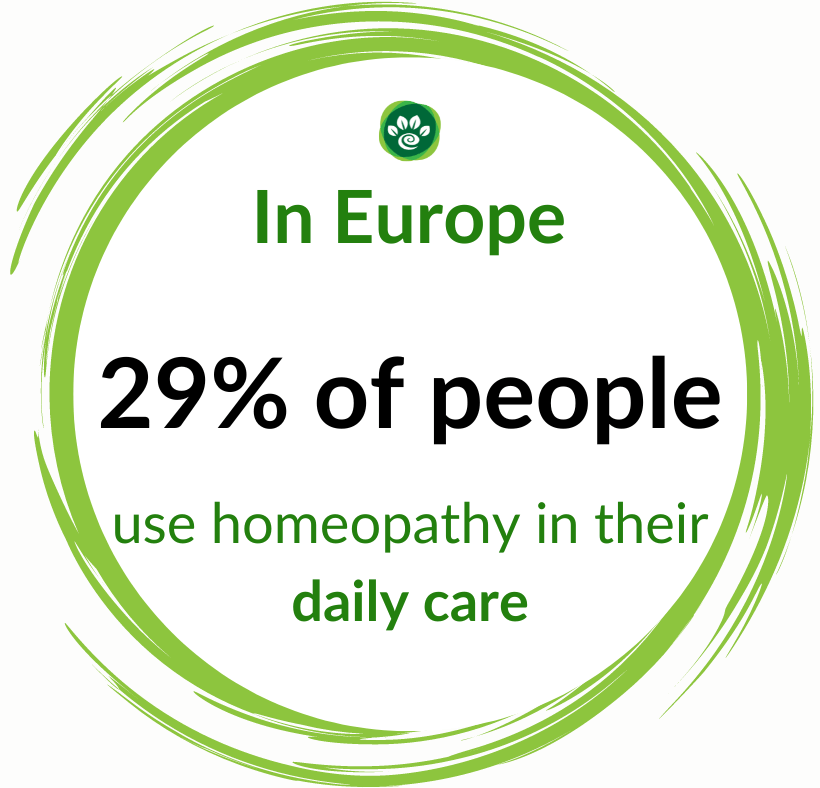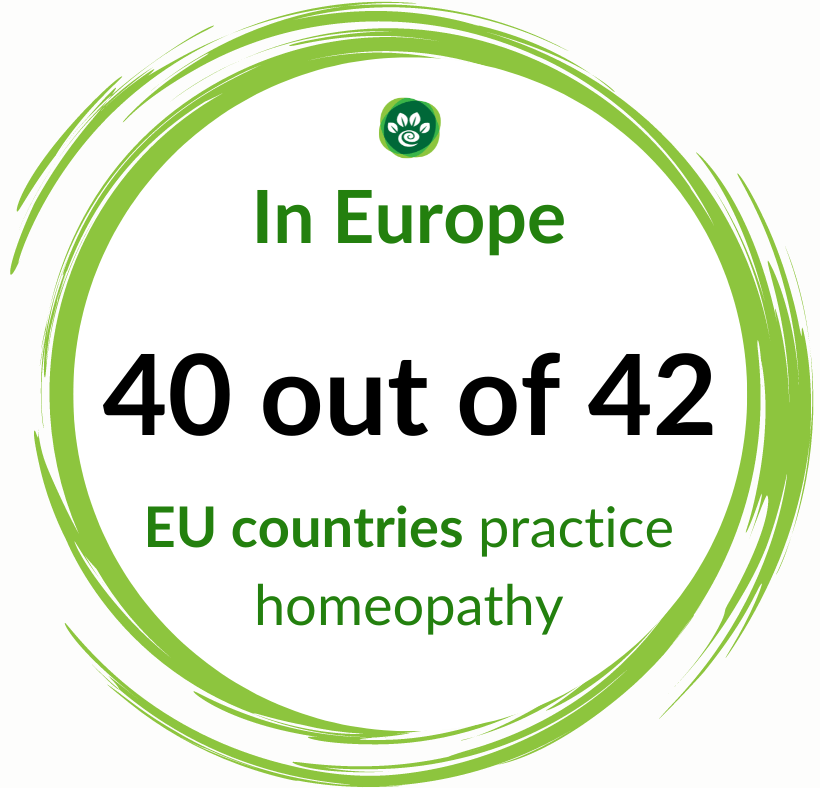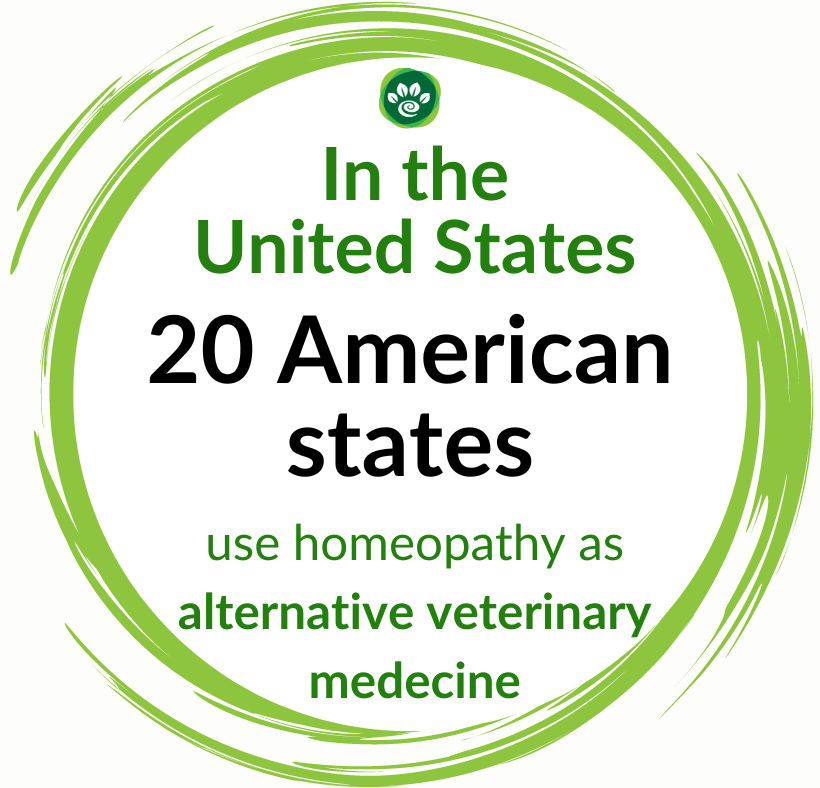
Does my cat have mange? How do I identify and treat it? 2025
Before studying animal health, I had no idea that mange existed, let alone that it could affect our pets.
What does scabies look like in cats you ask?
It's typically characterized by significant hair loss, but that's not all. Let's take a closer look at what mange is and how to support your cat as it fights the disease.
We will also answer the questions: Is cat scabies contagious to humans? Are there any over-the-counter treatments available in pharmacies? And most importantly, what natural treatments can be effective against scabies in cats?
What is scabies?

Scabies is a contagious skin condition that affects cats, among others. Dogs, rodents, and some wildlife can also be affected.
Perhaps you have heard the popular term “scab” used to describe a crust on the skin that results from the healing process of a wound.
In this case, we are talking about cat mange as a skin disease, a condition that an animal can catch, and not this first type of mange.
What causes mange in cats?

Scabies is the term used to describe any infection of the body by mites. Mites are part of the same large family as spiders (arachnids) and are close cousins to our friends the ticks (mites). They are microscopic external parasites.
I'm sorry to tell you, but some types of mites are found naturally on your pet's skin without causing any problems.
However, when an animal's immune system is weakened for any reason, mites can multiply and cause discomfort.
How is scabies transmitted?

Most mites are transmitted through direct contact between cats. However, as mentioned earlier, your cat can become infected by a species of mites that naturally occur on its skin, which does not require any human-to-human contact.
Where do cats get mange?
Cats can get mange in several environments and situations where they come into contact with infectious mites.
Here are some common scenarios:
- Contact with other infected animals : Cats can catch mange through direct contact with other animals that already have the disease. This includes not only other cats, but also dogs and some wild animals.
- Contaminated environments : Mange mites can survive in the environment for a period of time. Cats can become infected by coming into contact with contaminated surfaces such as carpets, bedding, or furniture on which an infected animal has previously rested.
- Via humans : Mites can sometimes be carried on the clothing or hands of humans who have handled an infected animal, although this mode of transmission is less common.
- Shelters or farms : Places where animals live in close proximity, such as animal shelters or farms, can be hotbeds for scabies transmission if hygiene conditions are not strictly controlled.
To prevent infection, it is important to maintain good hygiene and regularly monitor your cat's health, especially if it is in frequent contact with other animals.
Keep your cat indoors and you will greatly reduce its risk of contamination.
Is cat mange contagious to humans?

Can I catch mange from my cat?
Some mites can indeed infect human skin. However, if your pet has mange, it doesn't necessarily mean it will infect you.
A test at the vet will tell you which species of mites are responsible for your pet's symptoms and whether you should be concerned about your own health.
That said, if you have a strong immune system, it's unlikely you'll become infected with these little critters.
The different types of mange in cats

As you now know, feline mange can be caused by different organisms. In fact, in cats, some mites affect the skin while others attack the ears. Let's now look at the different types of mange that can infect your kitty.
Notoedres cati
This form of mange most commonly affects cats. It causes intense itching and skin lesions that usually start near the ears and then spread to the head and neck. Lesions can also be found on the paws.
Typically, a cat with notoedric mange presents with a scabby head. Not very appetizing!
It can theoretically affect dogs and humans, but cases are very rare.
Demodectic mange ( Demodex cati and Demodex gatoi in cats)
Dogs are more commonly affected by this type of mange ( Demodex canis ), but cats are not immune. In fact, puppies are often affected by this type of mange while their immune systems are still developing.
The mites in question are naturally found on their fur. They proliferate on the puppies' skin until their immune system takes over.
In more severe cases where affected animals are malnourished or sick, mites can cause a serious infection and require treatment.
Sarcoptic mange (Sarcoptes scabiei )
This form of scabies is caused by mites that burrow into the skin, causing intense itching and significant hair loss.
This form of mange is found mainly in dogs and some wild animals, but cats can also catch it.
This mange is contagious to humans. In fact, a colleague of mine has already contracted this form of mange following direct contact while caring for an infected fox.
Ear mange ( Otodectes cynotis )
It is also called ear mites. The mites that cause ear mites breed in the external ear canal of cats, causing significant inflammation. This condition is therefore very uncomfortable for an affected cat.
Otitis is described as an inflammation of the ear canal, so we can say that ear mites are likely to cause otitis externa.
Your cat's ear, inflamed by mites, can also be a perfect environment for bacteria to grow.
This form of mange is also found in dogs. Personally, I have observed it more often in cats.
Cheyletiellosis (Cheyletiella sp.)
These friendly little creatures, also called skin mites, appear as flakes of dandruff that crawl across your cat's fur.
The mites themselves are invisible to the naked eye, but as they move across the surface of the skin, they cause the dandruff to move, which is what you might observe if your cat had cheyletiellosis.
This form of scabies is theoretically a zoonosis, meaning it can be transmitted to humans through direct contact. Typically, when this happens, our immune system quickly takes over and the infection is only temporary.
Indeed, our skin is not the preferred breeding ground for this species of moth. They therefore die quickly there. However, during their journey on our skin, they can cause small, itchy red bumps.
What does mange look like in a cat?

Typically, we imagine a cat with missing fur and ravaged skin when we think of mange.
Scabies in cats manifests itself through different symptoms:
Ear discharge
One of the signs of ear mites in cats is the presence of discharge that resembles ground coffee beans in their ear canal.
Hair loss
One of the most distinctive signs of mange is hair loss. This can be minor or severe. Severely affected animals may be almost completely devoid of hair.
Itching
Most mites cause intense itching in their host. Ear mites, in fact, cause severe itching in the ears.
However, not all types of scabies cause itching. In fact, some forms of demodectic mange do not cause itching.
Crusts
Because the animal scratches a lot, combined with the action of the mites, its skin can look like a real battlefield when it is affected by mange. Scabs and bumps may form on the surface of the skin.
It is important to monitor your cat's skin condition, as it can develop a bacterial infection. In this case, the treatment would become somewhat complicated.
Restlessness or lethargy
Most cats become agitated when they have mange. They can't sit still with all the itching.
That said, some individuals may experience it differently. My friend's dog had mange and was scratching herself so much that it was wasting all her energy. Once she was treated, she gained a lot of strength.
How to care for a cat infected with mange?

You can help your cat's body fight mange with our natural products. A strong immune system will help your cat maintain good health and naturally fight this infection.
In advanced cases of scabies, antiparasitic treatment prescribed by a veterinarian may be necessary.
Antiparasitic treatment
Your veterinarian will first perform diagnostic tests to determine if your cat's symptoms are indeed caused by mites.
The symptoms described above can be caused by a variety of things, so it's important to know what's bothering your cat before helping them.
If your cat is indeed infected with a type of mite, your veterinarian will recommend an antiparasitic treatment adapted to the parasites attacking your pet.
In some cases, a shampoo may be suggested. However, for our feline friends who don't like water, this option is often replaced by a product to be applied to the skin or a tablet.
Is there an over-the-counter treatment available in pharmacies for cat mange?

There are over-the-counter products, such as certain antiparasitic shampoos and sprays, but their effectiveness against scabies may be limited.
Prices for treatments available in pharmacies for cat mange can vary, but here are some examples:
- Otostan (15 ml), an ear treatment for dogs and cats, used to treat ear mites, is available for around €7.58.
- Ascabiol 10% lotion (125 ml), used against scabies, sells for around €14.99.
These products are generally available without a prescription in pharmacies and specialty stores. However, it is important to follow the dosage and application instructions to ensure treatment effectiveness and prevent re-infestation.
It is essential to ensure that an over-the-counter product is safe and appropriate for cats, as some dog products can be toxic to cats.
So, while there are over-the-counter treatments available, their effectiveness may be limited, and it is best to consult a veterinarian for appropriate and safe treatment.
4 Natural Remedies to Treat
How to treat cat mange naturally?
Depending on the severity of the condition, a natural treatment for cat mange could help cure the condition, or at least provide some comfort.
A visit to your veterinarian can help you determine whether these natural treatments for cat mange are appropriate for your companion.
Home remedies for cat mange include apple cider vinegar , lemon juice , honey , and olive oil .
1. Apple cider vinegar
We suggest mixing one cup of water with one cup of apple cider vinegar (or white vinegar) and putting this mixture in a spray bottle.
To use this natural treatment for mange in cats, apply this mixture to your cat's fur and use a comb to distribute it well.
Repeat two to three times a week.
This natural treatment can kill the mites that cause your cat's mange.
Be careful, however, if your cat has very irritated skin or lesions, as this mixture could be painful in this case.
2. Lemon juice
Lemon juice is a useful natural treatment to help eliminate mites responsible for scabies, due to its acidic properties.
You can mix lemon juice with the same amount of water in a bowl. Using a sponge or clean cloth, apply the mixture to your cat's fur.
Again, this liquid can be irritating to the skin, so it's best to choose something else if your cat has very inflamed skin.
3. Honey
This natural remedy may seem funny and not very practical, but it could help your cat!
Simply apply a thick layer of honey to the affected areas of your skin to suffocate the mites. Honey also helps soothe itching.
If your cat tries to lick the honey off, use a cone to prevent it from doing so, as the honey should remain on the skin for 30 to 60 minutes before you bathe your cat with an appropriate shampoo.
If your cat hates water, this may not be the solution for you as they will need several baths to wash off all that honey!
4. Olive oil
Along the same lines, olive oil is used to deprive moths of oxygen, which is helpful since we often have some on hand! It takes care of skin irritation.
If your cat has ear mites, this natural treatment may be effective.
Remove the olive oil with a wet cloth after about fifteen minutes and repeat twice a day.
Conclusion
In summary, whatever form of mange your cat suffers from, it must be addressed because it is highly contagious, mainly for its feline and even canine companions, but also sometimes for humans.
If you have multiple pets at home and one of them has mange, isolate it from the others and thoroughly clean your home, especially its bedding and toys. Your veterinarian may want to treat all pets in the home as a preventative measure.
Keep an eye out for symptoms of mange in your cat, such as hair loss, itching, and ear discharge. Our natural products can be a major asset in managing mange. Visit our website for more details.
This disease can be devastating in more serious cases. If this happens to your kitty, rest assured that you are now well equipped to deal with it!
If you're concerned that your pet may be suffering from a health issue, our Free Pet Health Referral can help. In addition to receiving advice and recommendations from our Natural Health Advisors, they'll also guide you through the products and treatment options that best suit your pet's health needs.























Leave a comment
This site is protected by hCaptcha and the hCaptcha Privacy Policy and Terms of Service apply.